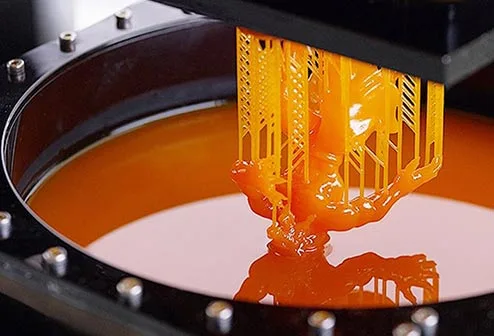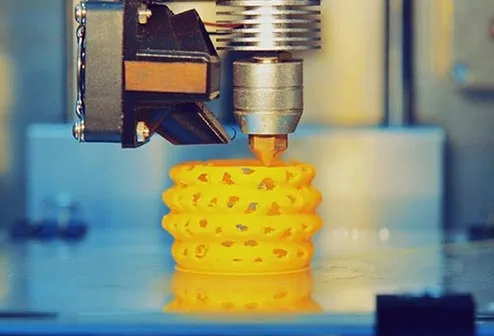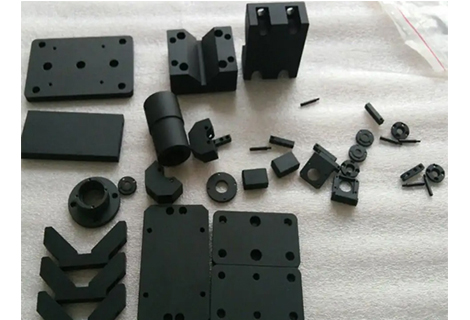CNC milling is a process of using a computer-controlled rotating cutting tool to remove material from a workpiece and create a custom-designed part or product. CNC Milling is one of the most common types of CNC machining, along with CNC drilling and turning. If you've ever wondered what is milling, or simply sought to find the in-depth milling definition, you're in the right place.
Have you ever wondered what's milling meaning? Perhaps we should start with the milling definition.
Milling is a versatile machining process that utilizes rotating cutters to selectively remove material from a workpiece, resulting in the creation of custom-designed parts or products. This subtractive manufacturing technique encompasses a wide array of operations and machinery, making it a go-to choice for producing precision-engineered components.
At its core, milling is a subtractive process. It involves the meticulous removal of material from a workpiece, leaving behind the desired part or product. The material extracted during this process is referred to as chips or swarf, which can be either recycled or discarded. What remains is the final component, with shapes and geometries tailored to meet specific design requirements.
Regarding what CNC milling is, you can check out our CNC yutube milling video:
To embark on a milling, you'll need several key components:
Milling Machine:
This is the central device that holds and rotates both the workpiece and the milling cutter. Milling machines come in various types, such as vertical or horizontal, depending on the spindle's orientation. They may boast different features and configurations, including multiple spindles, axes, tables, and tool changers.
Workpiece:
The workpiece is the material undergoing machining by the milling cutter. It can be composed of a range of materials, including metals, plastics, wood, or glass. Typically, the workpiece is securely affixed to a table or workholding device, allowing for controlled movement and rotation to facilitate cutter access.
Milling Cutter:
This tool is equipped with one or more cutting edges, responsible for material removal as it rotates. Milling cutters come in various shapes, sizes, coatings, and materials, tailored to specific machining operations and materials.
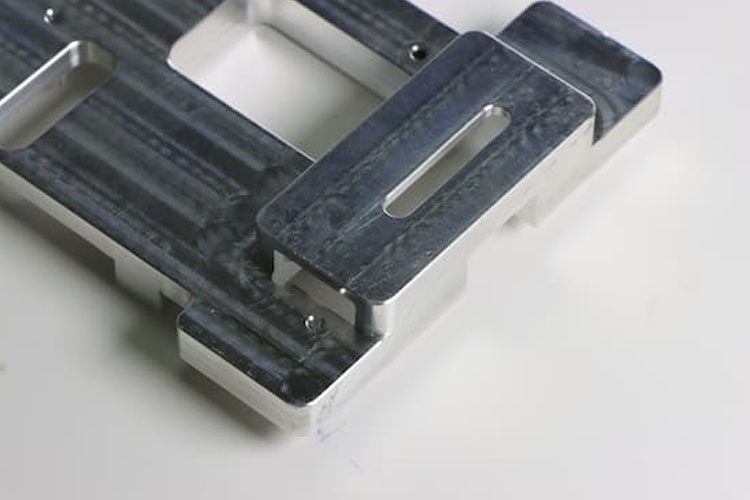
Milling entails a meticulously choreographed sequence of actions, where the cutting tool adeptly navigates multiple axes while working at varying angles and depths.
1. CAD Model Preparation
The first step to any milling starts with CAD (Computer-Aided Design) model preparation. This step involves the creation of a 2D or 3D digital blueprint of the desired part or product using specialized CAD/CAM (Computer-Aided Manufacturing) software. Engineers and designers are responsible for crafting these digital models.
2. CAM Software Conversion
The CAD model is then converted into a CNC-compatible file format using CAM software. This step is critical as it transforms the design into machine-readable instructions.
3. Machine Setup
The CNC program, generated in the previous step, is loaded into the milling machine. During this setup, essential machine parameters such as spindle speed, feed rate, and depth of cut are configured to match the requirements of the specific project.
4. Workpiece Securing
The workpiece, which will be shaped or machined, is securely mounted onto the machine's table. It's often held in place using clamps or fixtures to ensure stability during machining. The cutting tool is carefully mounted onto the spindle of the milling machine after the workpiece has been placed.
5. Milling Operations Begin
With all elements in place, the CNC milling machine is set into motion. The operator oversees this precise dance of machining, monitoring the process to ensure quality and precision.
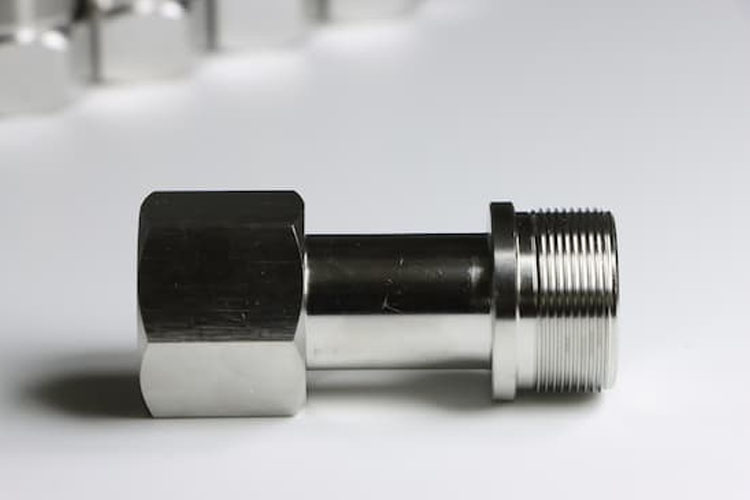
Milling operations can be broadly classified into two primary categories: face milling and peripheral milling.
Face Milling: In face milling, the cutting tool is positioned to cut the workpiece's surface perpendicular to the axis of rotation of the tool. This process is akin to skimming or planning the top layer of the workpiece to achieve a flat and smooth surface.
Peripheral Milling: Peripheral milling, on the other hand, involves cutting the edge or contour of the workpiece parallel to the axis of rotation of the cutting tool. It's akin to trimming or shaping the outer boundaries of the workpiece.
Within these fundamental categories, various specific milling operations are employed to achieve different machining goals.
For example:
Slot Milling: Creating narrow, elongated slots or grooves in the workpiece.
Pocket Milling: Milling out enclosed cavities or pockets within the workpiece.
Drilling: Producing holes in the workpiece with a rotating cutting tool.
Like any precision craft, milling has its fair share of advantages and disadvantages.
Advantages:
High Accuracy and Precision: CNC milling is exceptional at achieving precise measurements and smooth surface finishes.
Versatility: Its ability to shape various geometries and forms makes milling suitable for a wide array of applications across different industries.
Productivity: By fine-tuning cutting parameters and optimizing tool paths, milling efficiently reduces machining time and minimizes material waste.
Repeatability: CNC milling ensures consistent output, generating identical parts with minimal deviations or mistakes.
Disadvantages:
High Initial Cost: The investment required for CNC milling machines is considerably higher when compared to traditional machining equipment.
Skill Requirement: Operating CNC milling machines demands specialized technical expertise, encompassing CAD/CAM software proficiency, CNC programming skills, and hands-on knowledge of machine setup.
Environmental Impact: Milling processes emit various elements such as noise, heat, dust, chips, and sparks, potentially posing risks to the health and safety of operators and surroundings.
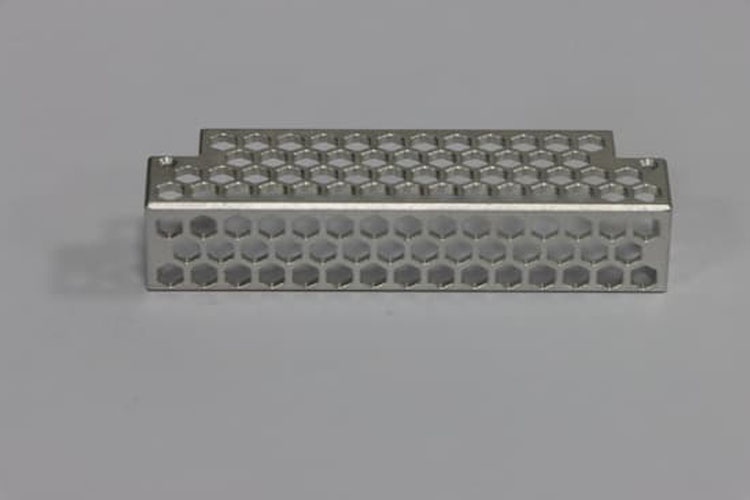
CNC milling is a process that involves many factors that affect its cost. Some of the main factors are the material type and quantity, the part size and complexity, the design features and specifications, the tolerance and surface finish, the machining time and labor cost, the overhead cost and other expenses. The average cost of CNC milling ranges from $0.75 to $20 per hour for labor and from $0.50 to $15 per piece for material. However, these costs can vary significantly depending on the specific project and supplier.
One of the reliable suppliers you can contact is Richconn, a company that specializes in providing high-quality CNC milling services with competitive pricing.
Customizing your CNC milling parts according to your requirements and specifications
Offering flexible material selection and quality assurance for your parts
Providing fast delivery times and low shipping costs for your orders
Giving professional advice and technical support for your projects
Ensuring customer satisfaction and after-sales service for your products
Contact us for any CNC milling questions or support
↓↓↓
With a firm grasp of the milling definition, process intricacies, operation types, and its inherent pros and cons, you're equipped with a comprehensive understanding of this transformative technique. Whether you're crafting intricate automotive components or intricate jewelry pieces, milling offers unparalleled precision and customization. While its advantages include high accuracy and productivity, its initial costs and skill demands serve as notable considerations. As for cost, it's a multifaceted equation, with factors like material type, design complexity, and machining time influencing the bottom line. In the realm of CNC milling, precision, expertise, and the quest for excellence merge to shape the industries of today and tomorrow.
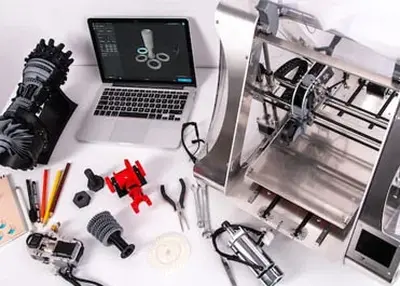 How Much Do 3D Prints Cost: An In-Depth Guide to ExpensesAugust 15, 20233D printing has revolutionized manufacturing and design, allowing individuals and businesses to create intricate and customized objects with unprecedented ease. However, one common question that arise...view
How Much Do 3D Prints Cost: An In-Depth Guide to ExpensesAugust 15, 20233D printing has revolutionized manufacturing and design, allowing individuals and businesses to create intricate and customized objects with unprecedented ease. However, one common question that arise...view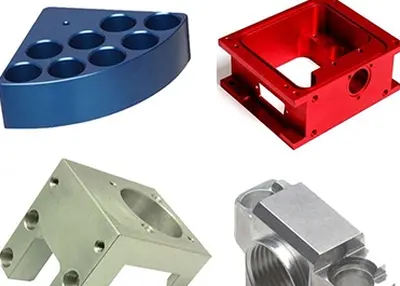 The Benefits of Anodizing Precision Machined Aluminum ProductsOctober 19, 2023Why might you want to anodize aluminum? There are several good reasons to consider anodizing aluminum parts. Anodizing aluminum creates a layer of oxide and forms a layer on the surface of the aluminum.view
The Benefits of Anodizing Precision Machined Aluminum ProductsOctober 19, 2023Why might you want to anodize aluminum? There are several good reasons to consider anodizing aluminum parts. Anodizing aluminum creates a layer of oxide and forms a layer on the surface of the aluminum.view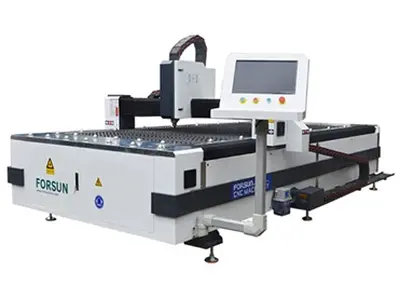 What is a CNC machine? The Precision Way to Modern ManufacturingSeptember 21, 2023CNC machine stands for Computer Numerical Control, which is a manufacturing process that controls the movement of a tool or machine through a computer program.view
What is a CNC machine? The Precision Way to Modern ManufacturingSeptember 21, 2023CNC machine stands for Computer Numerical Control, which is a manufacturing process that controls the movement of a tool or machine through a computer program.view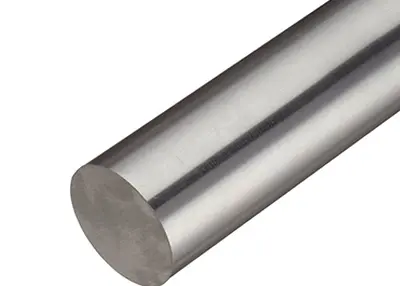 Material Properties in More DetailOctober 18, 2023The functionality of a part is largely dependent on obvious factors such as shape, size, wall thickness, joints, etc. Less obvious, but equally important, are the properties of the material from which it is injection molded, CNC machined, or 3D printed (cut, bent, formed, etc.).view
Material Properties in More DetailOctober 18, 2023The functionality of a part is largely dependent on obvious factors such as shape, size, wall thickness, joints, etc. Less obvious, but equally important, are the properties of the material from which it is injection molded, CNC machined, or 3D printed (cut, bent, formed, etc.).view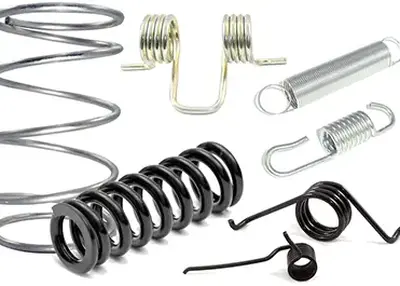 Unraveling the World of Machined Springs: Your Ultimate GuideNovember 9, 2023As a CNC machining service provider, we at Richconn understand the significance of precision engineering and how it's all about the details. In the realm of mechanical components, one topic that piques the curiosity of engineers, manufacturers, and professionals alike is -Machined Springs. In this comprehensive guide, I will walk you through the intricacies of Machined Springs, from the fundamentals to their applications, performance characteristics, manufacturing processes, and more.view
Unraveling the World of Machined Springs: Your Ultimate GuideNovember 9, 2023As a CNC machining service provider, we at Richconn understand the significance of precision engineering and how it's all about the details. In the realm of mechanical components, one topic that piques the curiosity of engineers, manufacturers, and professionals alike is -Machined Springs. In this comprehensive guide, I will walk you through the intricacies of Machined Springs, from the fundamentals to their applications, performance characteristics, manufacturing processes, and more.view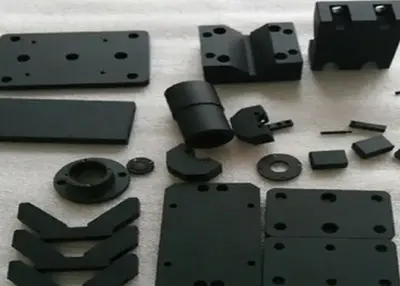 Beyond Aesthetics: The Practical Benefits of Blackening Surface TreatmentDecember 4, 2023When it comes to surface treatments for various metal components, one often thinks about aesthetics and corrosion resistance as the primary goals. However, there is another important surface treatment...view
Beyond Aesthetics: The Practical Benefits of Blackening Surface TreatmentDecember 4, 2023When it comes to surface treatments for various metal components, one often thinks about aesthetics and corrosion resistance as the primary goals. However, there is another important surface treatment...view
 EN
EN
 ru
ru 

